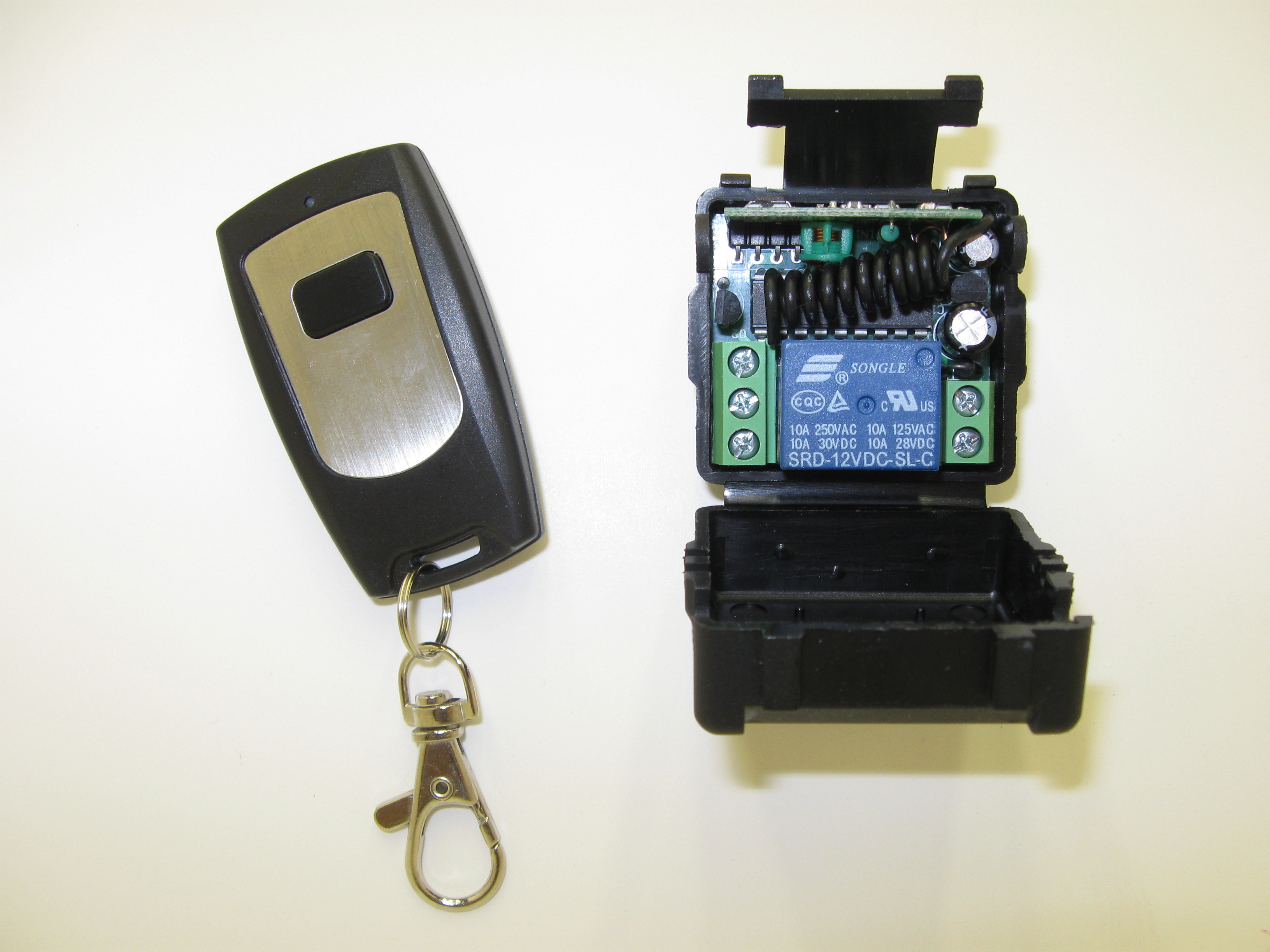Adding a remote control switch to nearly any project is easy with these small keyfob-based RC relays. They are very inexpensive (<$20) and offer such options as MOMENTARY and TOGGLE operation as well as multiple relay channels to control.
However, from what I found, these units require 12VDC to operate properly. This article explains how to convert one to use only 5VDC.
Additionally, a further mod converts this unit to provide a simple non-mechanical logic level, +5V/0v signal to use as an input to a micro-controller input or other circuit. This allows anyone to add a remote control switch capability to nearly any project, even if they don’t need to control big loads through a relay.
In this short project I am going to explain the basics of these wireless control devices, explain which sections need to be hacked (changed) and finally how to test the modifications.


